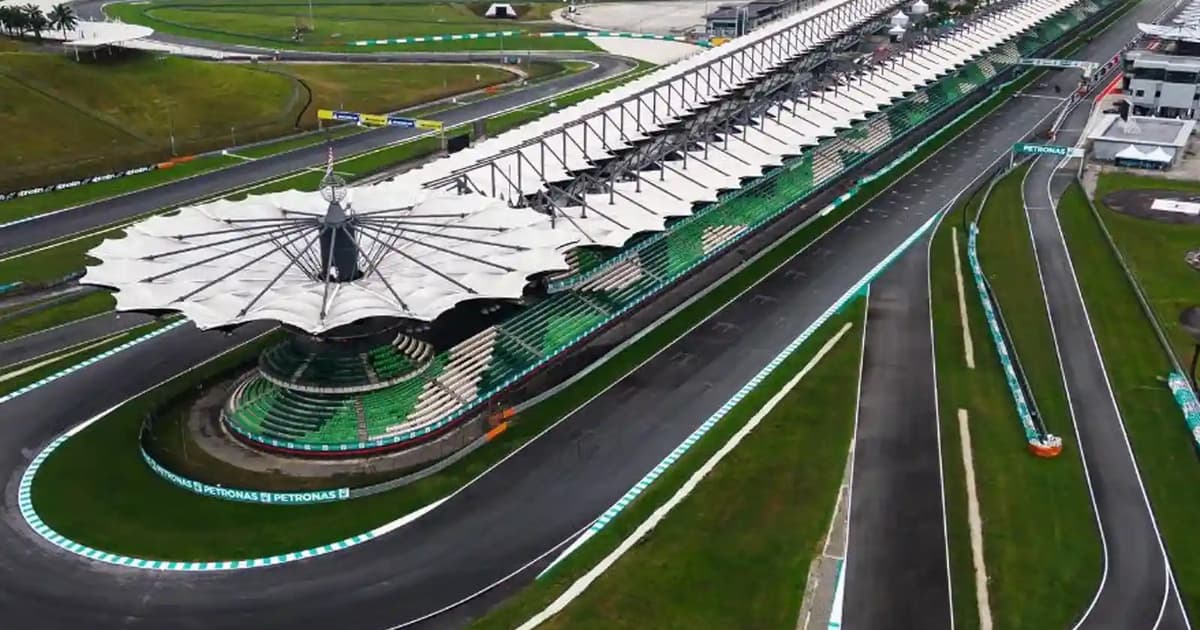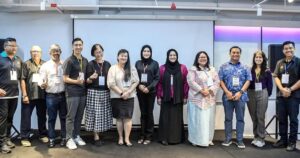
After weathering the financial strain due to the Covid-19 pandemic, the Sepang International Circuit (SIC) is charting a new growth trajectory, anchored by land monetisation, strategic investments and expanded commercial offerings.
SIC chief executive officer (CEO) Azhan Shafriman Hanif said the circuit is finalising a 10-year long-term business plan to unlock the commercial potential of its 303-hectare landbank.

“We only fully utilise about 50% of the land during international events. The rest sits idle most of the year. We want to change that by bringing in investors to develop hotels, motorsport facilities, vehicle storage, attractions and food and beverage (F&B) outlets,” he told Bernama in an interview recently.
A key obstacle was the unresolved land tenure, which is now close to being ironed out, Azhan said.
He noted that although the finance ministry took over SIC’s facilities from Malaysia Airports Holdings Bhd (MAHB) in 2009, the land remained under MAHB’s ownership.
“Any investor would ask, who do I sign the lease with? And we couldn’t answer that directly. With the sub-lease agreement now progressing, we can finally negotiate long-term leases and unlock investment opportunities,” he said.
Azhan, who was appointed CEO in April 2020, said the early years of his leadership were marked by crisis management, as Covid-19 halted all large-scale events, which were the circuit’s core revenue driver.
“It was tough. We couldn’t lay off staff or cut salaries, being under the finance ministry, and the youth and sports ministry. But we had to tighten allowances and pause overtime,” he recalled.
Turning point
In 2023, SIC turned profitable for the first time since the pandemic, with the return of international events like MotoGP.
“That year marked our turning point. In 2022, we had just six months to prepare for the MotoGP after the borders reopened in April. But we pulled it off,” said Azhan, adding that it was his first MotoGP season since becoming CEO.
Beyond motorsports, he envisions transforming Sepang into a lifestyle hub with improved amenities for both visitors and staff.
A small but symbolic first step was the opening of a lakeside café that is currently the only F&B outlet within the circuit compound.
“It sounds simple, but before this, you had to drive out just to get lunch. We need more eateries, convenience stores, and family-friendly spaces. We want people to come here, hang out, and enjoy more than just the races,” he added.
Azhan said discussions were ongoing to develop commercial plots for local F&B brands and everyday conveniences to serve event-goers, staff, and nearby communities.
Although the circuit no longer hosts the Formula 1 Grand Prix, SIC has grown into an active motorsports and entertainment hub, with events fully booked well into next year.
He said the crowds have also returned, and the recent Super GT saw over 78,000 spectators, boosted by a collaboration with the Nihon Matsuri festival.
Azhan believes that SIC’s strategic location, being near Port Klang and the KLIA, gives it a unique edge to be a regional hub for motorsports, lifestyle and automotive showcases.
“Let’s say you hold an auto show here. Not only do you see the cars, but you can actually test them on the track. You can’t do that on a normal road,” he said.
SIC has already lined up concerts, exhibitions and conventions throughout the year, while also courting organisers for new events in 2026.
Upcoming highlights include the Malaysian Festival of Speed (MFOS), featuring drift events and karting slalom to be held in September.






